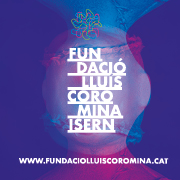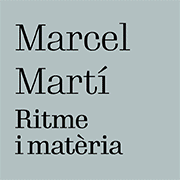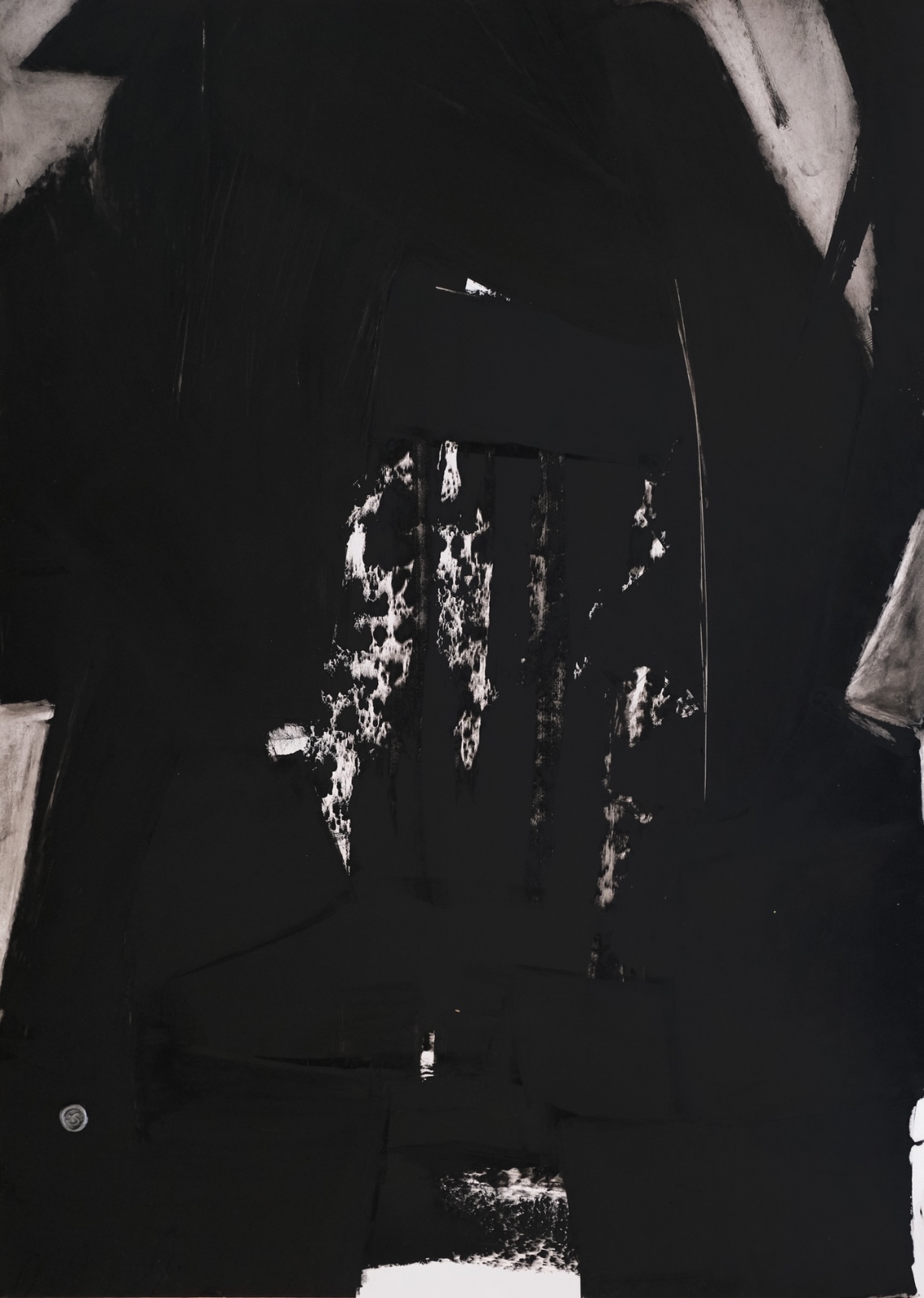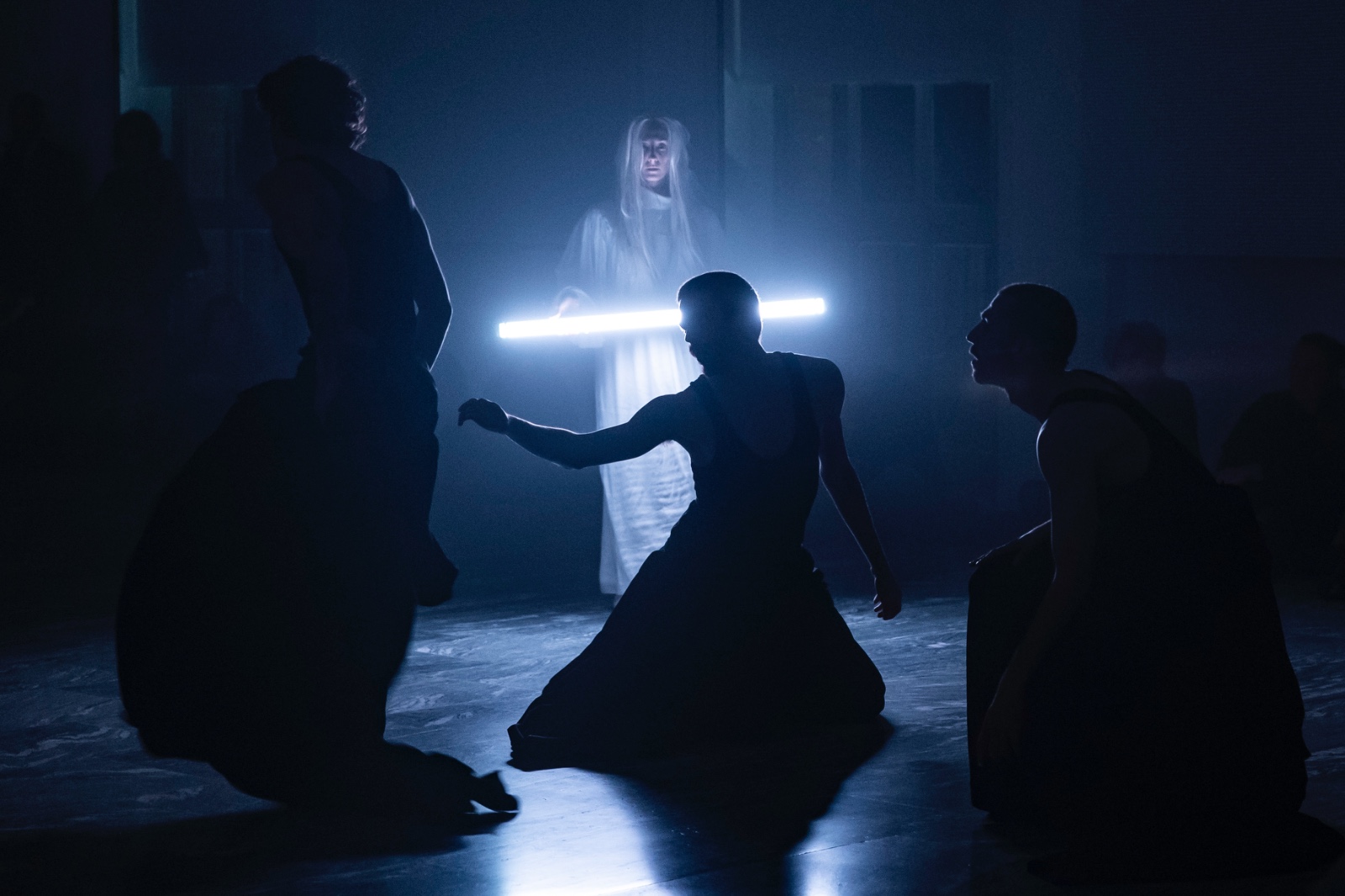Exhibitions
The imprint of Rubens
Some sixty works from the Prado Museum at the CaixaForum in Barcelona.
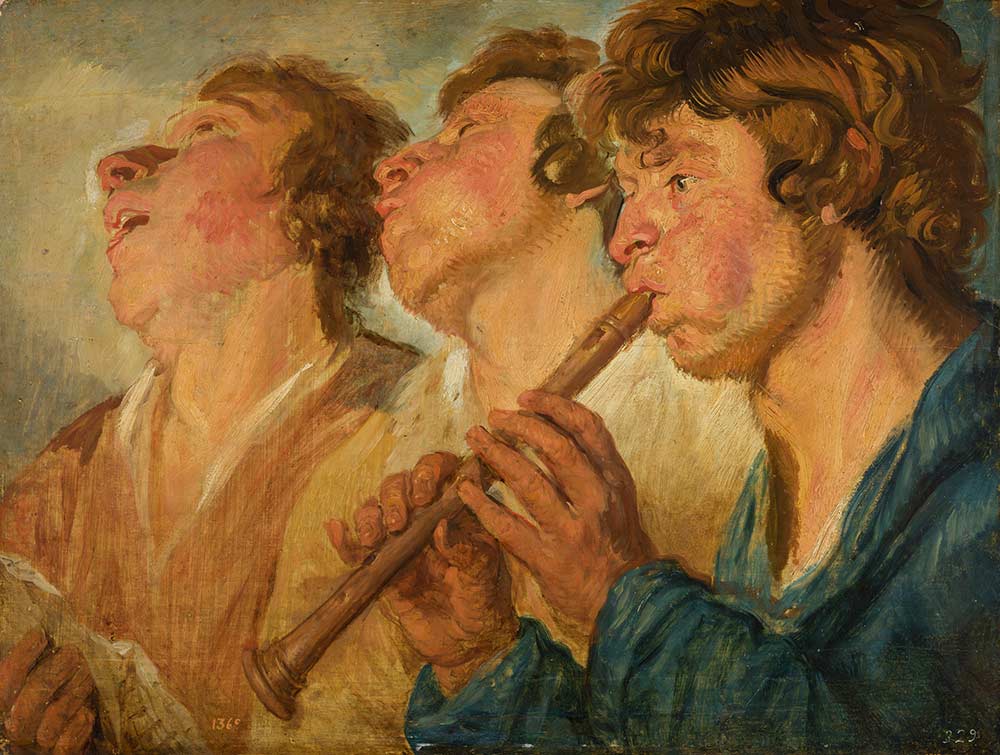
The CaixaForum in Barcelona presents an exhibition focused on Rubens and the artists around him, emphasizing how his legacy was key to promoting an artistic renewal that gave rise to a new way of understanding and making painting.
Alongside Rubens we find names such as Van Dyck, Jordaens, Brueghel and Teniers, artists who not only shared a style and era, but also a desire for visual experimentation and a particular way of using painting to express emotions, explain myths, address religious issues and reflect political power. CaixaForum brings together around sixty works from the Prado Museum, some of which have been specially restored for this occasion.
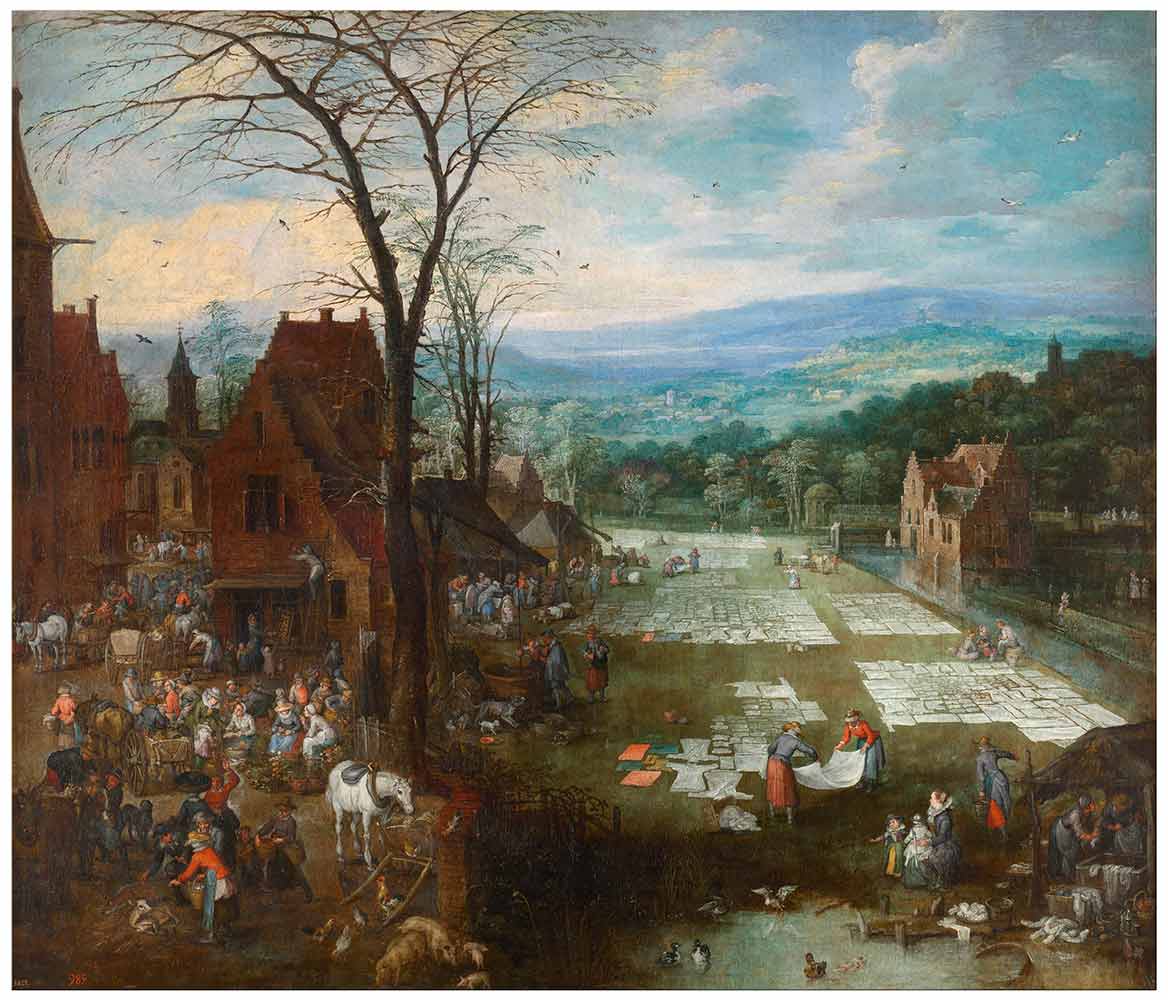 Mercat i bugaderia a Flandes, Jan Brueghel el Vell i Joost de Momper II (c.1620) © Museu Nacional del Prado. Arxiu Fotogràfic
Mercat i bugaderia a Flandes, Jan Brueghel el Vell i Joost de Momper II (c.1620) © Museu Nacional del Prado. Arxiu Fotogràfic
The exhibition can be visited until September 21, and is an opportunity to discover outstanding pieces such as The Immaculate Conception, The Birth of Apollo and Diana or The Judgment of Paris, but also other lesser-known pieces from the Madrid museum's collection. The exhibition is built around a thematic itinerary articulated in seven areas that organize the works according to key ideas: Divine Passions, Image and Counter-Reformation, Captivating Creation, Patronage and Collecting, Art and Propaganda, Faces and Personalities and Inside and Outside and Still Life, Living Nature.
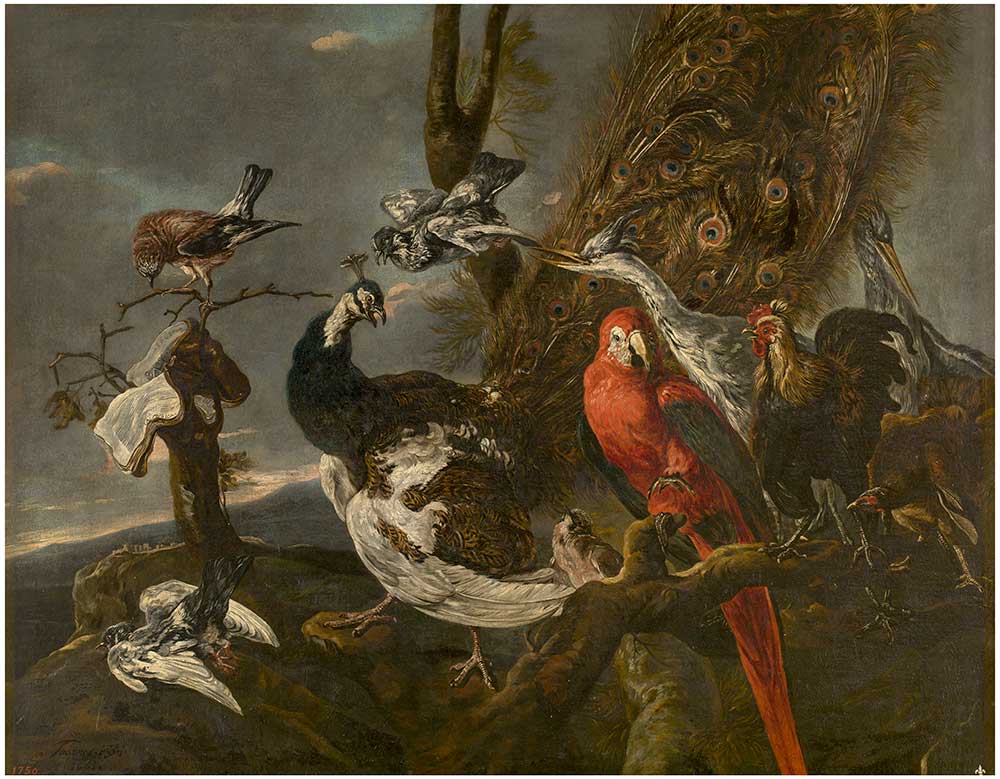 Concert d’aus, Jan Fyt (1661) © Museu Nacional del Prado. Arxiu Fotogràfic
Concert d’aus, Jan Fyt (1661) © Museu Nacional del Prado. Arxiu Fotogràfic
One of the most interesting aspects is to observe how some of Rubens' disciples were able to take advantage of his influence to end up developing their own voice. A good example is the dialogue between two pietàs, one by Van Dyck and the other by Jordaens, which are exhibited side by side and allow us to clearly see both the master's imprint and the stylistic differences that define each author.
Rubens's ability to mark an era goes beyond his individual talent: he helped shape a creative environment that made the Flemish Baroque one of the most interesting and visually rich periods in Western culture. This shared imprint is particularly well reflected in works such as the portrait of Isabella Clara Eugenia, made jointly by Rubens and Brueghel, which exemplifies how painting also functioned as a tool for communicating political messages and projecting power.
 La infanta Isabel Clara Eugenia, Pedro Pablo Rubens i Jan Brueghel el Vell (c.1615) © Museu Nacional del Prado. Arxiu Fotogràfic
La infanta Isabel Clara Eugenia, Pedro Pablo Rubens i Jan Brueghel el Vell (c.1615) © Museu Nacional del Prado. Arxiu Fotogràfic
One of the most powerful starting points of the visit is the recreation of Rubens's workshop, which allows us to better understand how people worked collectively and how this type of environment fostered a shared creative dynamic. Beyond the pieces and their proper names, the exhibition conveys very well how Flemish Baroque artists used painting to look at the world, think about it and explain it with a visual force that still retains all its appeal today.
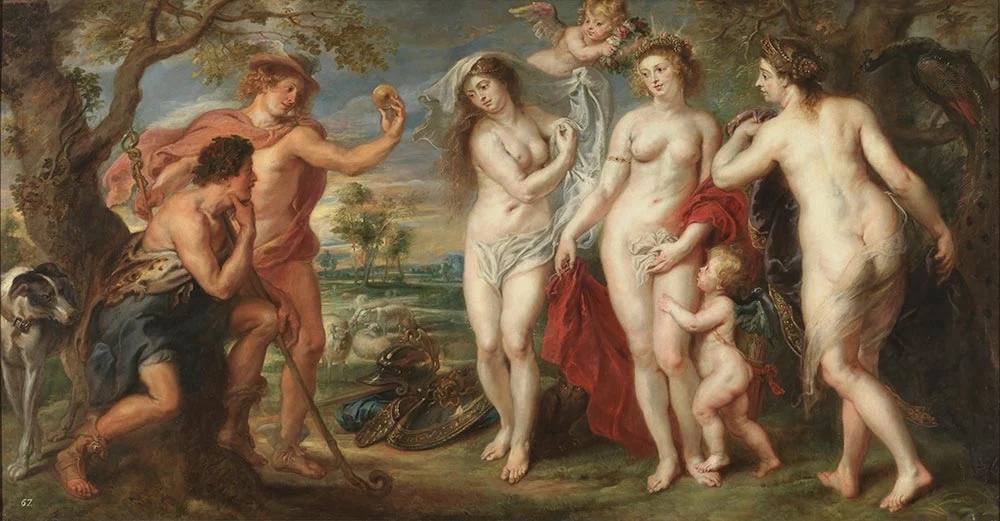 El judici de Paris, Pedro Pablo Rubens (c.1638) © Museu Nacional del Prado. Arxiu Fotogràfic
El judici de Paris, Pedro Pablo Rubens (c.1638) © Museu Nacional del Prado. Arxiu Fotogràfic


